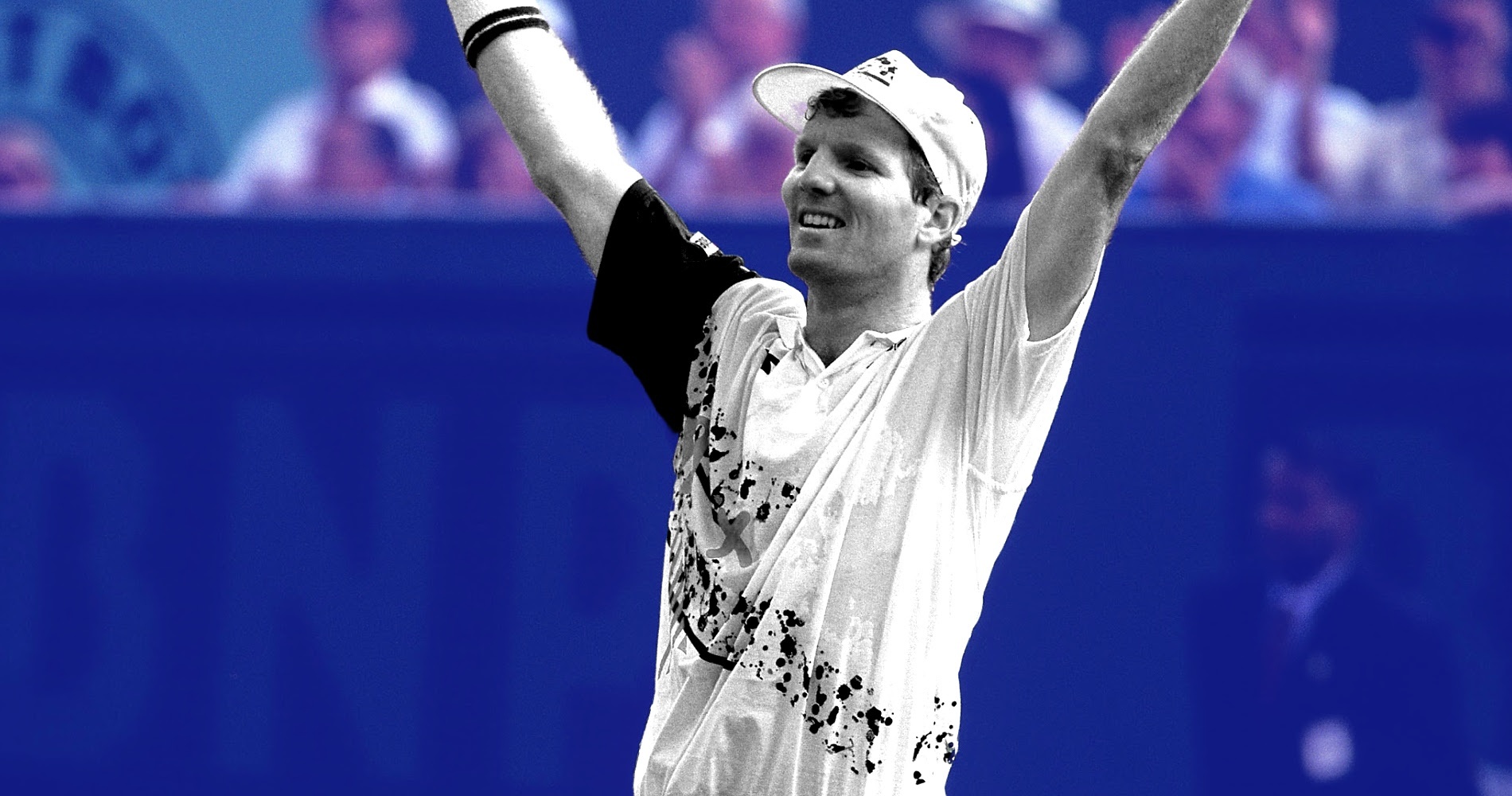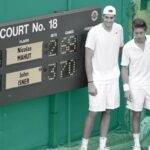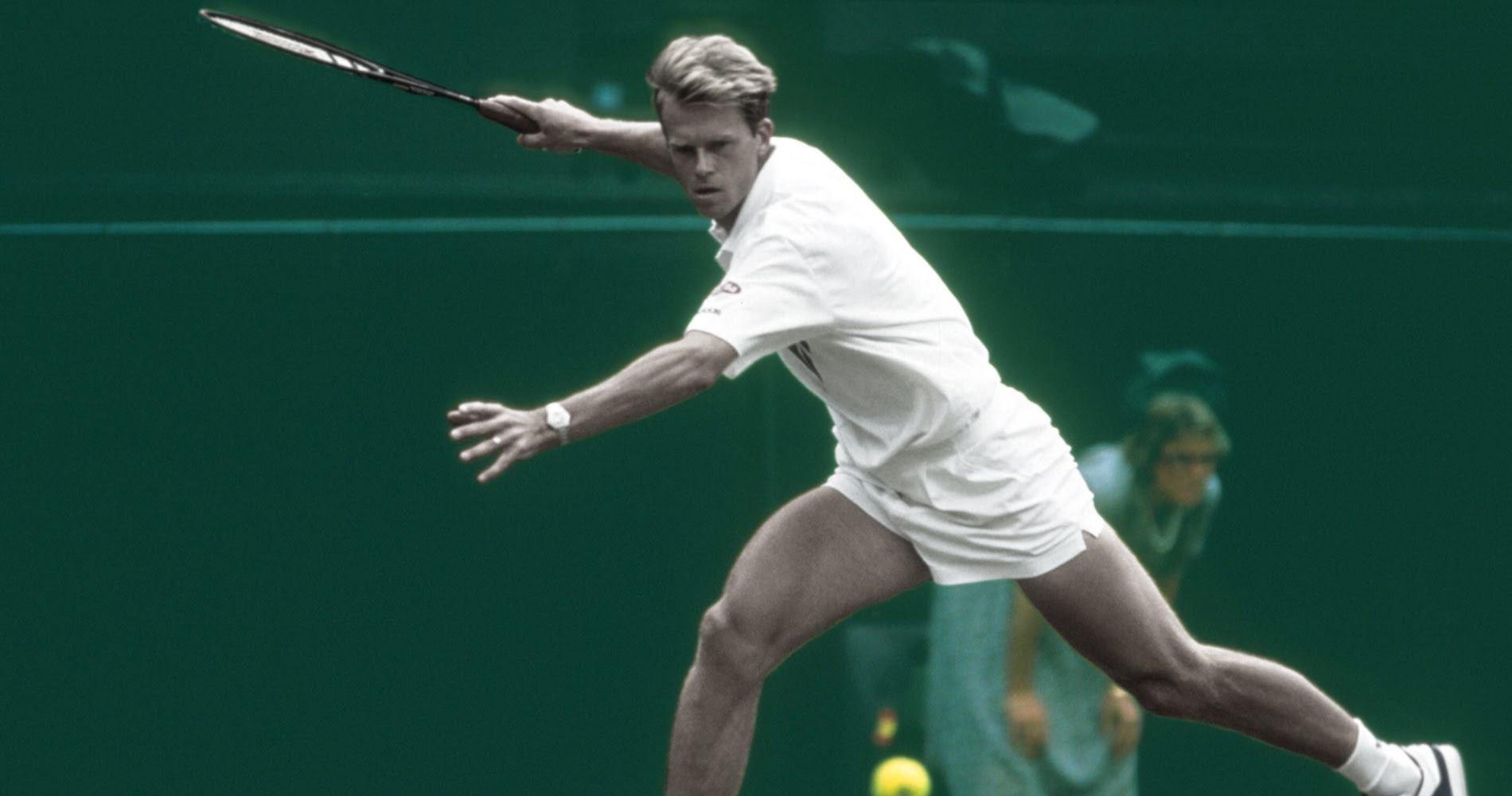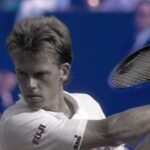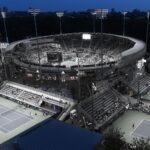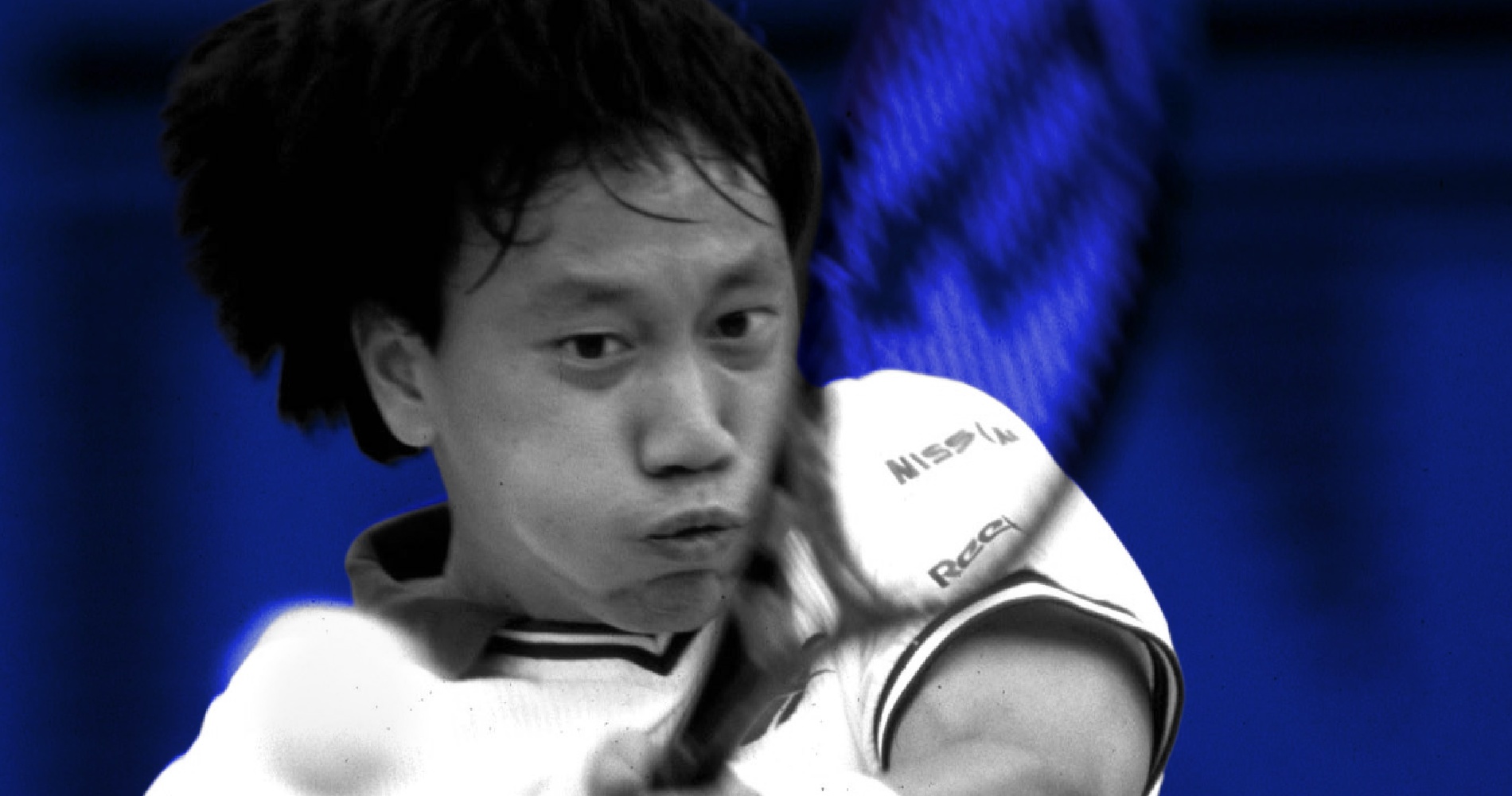September 12, 1992: The day Stefan Edberg beat Michael Chang in the longest-ever US Open match
Every day, Tennis Majors takes you back to the biggest moments in tennis history. On September 12, Swede Stefan Edberg beat Michael Chang in the longest match in US Open history to reach the final for the second successive year
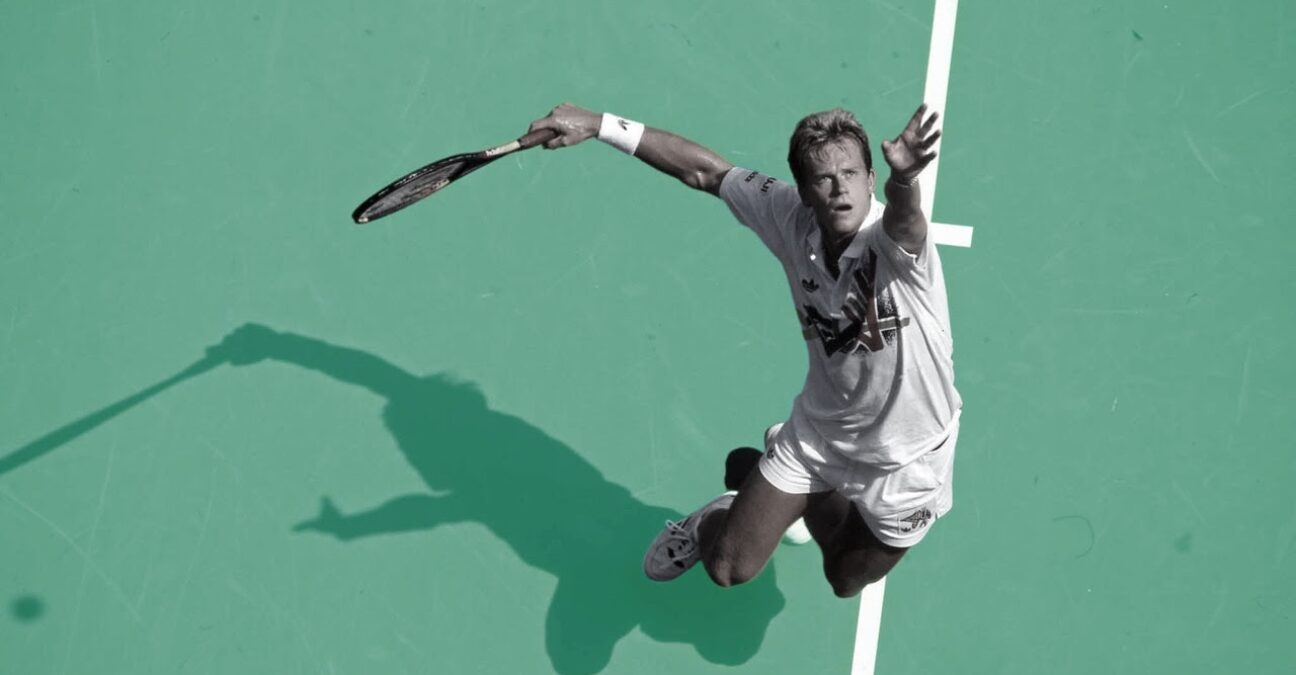 Stefan Edberg
Stefan Edberg
What happened exactly on that day?
On this day, September 12,1992, Stefan Edberg edged Michael Chang in the US Open semi-final (6-7, 7-5, 7-6, 5-7, 6-4), after five hours and 26 minutes of play. Not only was this the longest match in the tournament’s history, but it was also the third consecutive match won by the Swede in five sets, having been down a break in the decider, following his wins against Richard Krajicek (6-4, 6-7, 6-3, 3-6, 6-4) and Ivan Lendl (6-3, 6-3, 3-6, 5-7, 7-6). Edberg would then go on to claim his final Grand Slam title after defeating Pete Sampras in the final (3-6, 6-4, 7-6, 6-2).
The players involved: Stefan Edberg and Michael Chang
- Stefan Edberg: the multiple Grand Slam champion from Sweden
Stefan Edberg was born in 1966. The Swede was extremely successful on the junior circuit (he achieved the junior calendar-year Grand Slam in 1983) but almost quit tennis the same year when at the age of 17 one of his serves accidentally killed a line judge in New York. He continued to play on and as early as December 1985, a few months after a young Boris Becker had broken through by winning Wimbledon, Edberg claimed his first Grand Slam title, also on grass at the Australian Open, defeating compatriot Mats Wilander in the final (6-4, 6-3, 6-3). The tournament was not held in 1986, due to its change of date to January, and Edberg would successfully defend his title in January 1987, defeating Aussie favourite Pat Cash (6-3, 6-4, 3-6, 5-7, 6-3). In 1988, he added a Wimbledon crown to his achievements, defeating Becker (4-6, 7-6, 6-4, 6-2) in a final that started one of the most famous rivalries in tennis history.
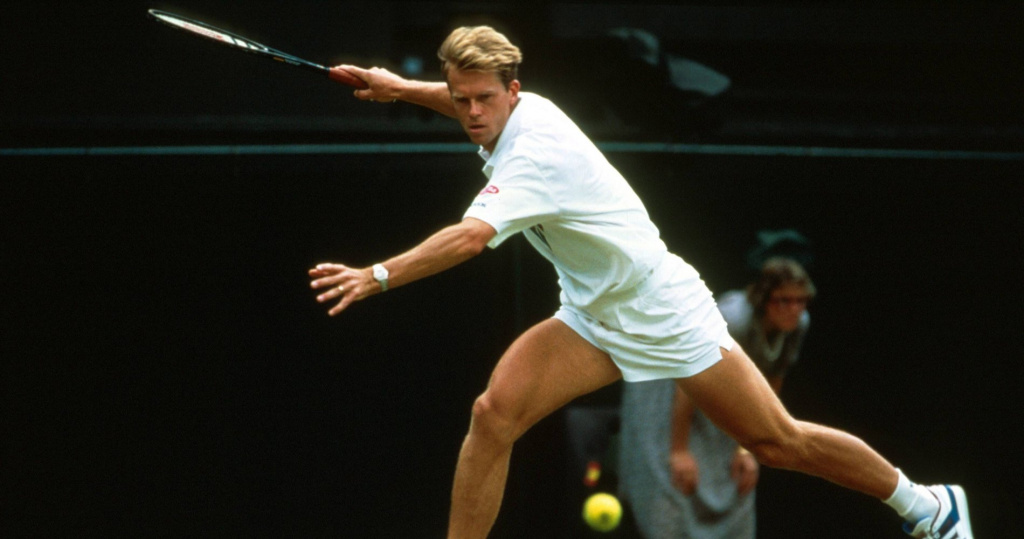
In 1989, Edberg lost confidence after losing two major finals in a row; the first at Roland-Garros, defeated by Michael Chang (6-1, 3-6, 4-6, 6-4, 6-2) in a heartbreaking match where he missed 10 break points in the fourth set, and the second at Wimbledon, where Becker took brutal revenge from the previous year’s final (6-0, 7-6, 6-4). In 1990, in the Australian Open final, he was forced to retire in the second set of his clash with Lendl because of an abdominal injury. After another disappointment at the French Open, where he lost in the first round, Edberg reclaimed the Wimbledon crown, edging Becker in five sets in their third consecutive final at the All England Club (6-2, 6-2, 3-6, 3-6, 6-4), and a few weeks later, he became world No 1 for the first time. In 1991, fighting with Becker for the top spot, he won the US Open for the first time, delivering a masterpiece in the final to destroy Jim Courier, 6-2, 6-4, 6-0. The American took his revenge at the Australian Open and became Edberg’s new rival for the world No 1 spot. At the start of the 1992 US Open, the Swede was ranked No 2 in the world.
- Michael Chang: the record-breaker from America
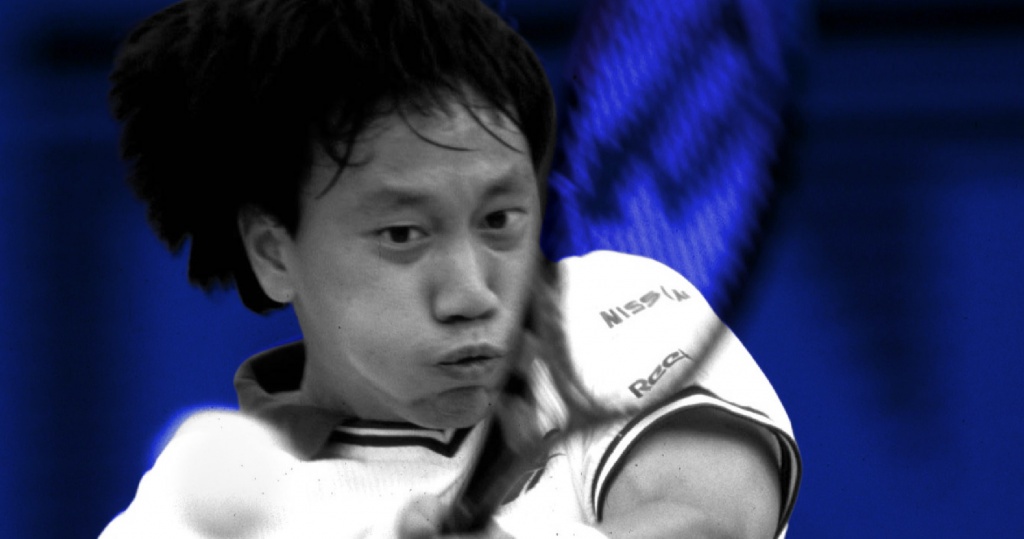
Michael Chang was born in 1972. In 1987, at the age of 15, he became the youngest player to ever win a match at the US Open (defeating Paul McNamee). The following year, in June, aged only 16 years and 3 months, he was the youngest player to enter the men’s top 100, and he reached the fourth round of a Grand Slam tournament for the first time, in New York, where he was beaten by Andre Agassi. In 1989, he reached the quarter-finals at Indian Wells and the semi-final at Forest Hills (on American clay) defeated by Jaime Yzaga (6-4, 6-3), which helped him climb as high as No 19 before Roland-Garros. Then, in Paris, he went on to win the title much to everybody’s surprise.
Chang shot to fame in the fourth round, when he upset world No 1 Lendl, after coming back from two sets to love down and overcoming cramps in the fifth set. In this final set, he played with Lendl’s nerves by making the unforgettable underarm serve and by pushing him to double fault on match point by waiting for his second serve just behind the service line. He went on to beat Edberg in the final, defending 10 break points in the fourth set (6-1, 3-6, 4-6, 6-4, 6-2). The two years following his unexpected Grand Slam victory were tough for Chang, who failed to establish himself in the top 10. By 1992, he had become a stronger and more aggressive player, and he returned to the top 10 after claiming three titles in February and March, at San Francisco (defeating world No 2 Courier in the final, 6-3, 6-3), Indian Wells and Key Biscayne. Although he failed to obtain any remarkable results at the Grand Slams, he was ranked No 4 in the world heading into the US Open draw.
The place: Flushing Meadows, New York
The US Open (known as the US Nationals before 1968 and the start of the Open Era), was established in 1881, and, although it is the only Grand Slam to have been played every single year without an interruption since its beginning, it moved several times locations throughout the 20th century. First held in August 1881 on grass courts at the Newport Casino, on Rhode Island, the tournament moved to New York in 1915, where it was held at the West Side Tennis Club, at Forest Hills until 1977 (with the exception of years 1921-1923, when the event was moved to Philadelphia).
In the years 1975-1977, the event was played on clay. In 1978, the US Open left the West Side Tennis Club, who was now too small for such an important event, for the USTA National Tennis Center, located in Flushing Meadows, New-York. At the same time, it was decided to change the surface to hard courts. The Tennis Center was one of the biggest tennis complexes in the world: its main court was the Louis Armstrong Stadium, which had a capacity of 14,000 spectators.
The facts: Edberg comes from 3-0 down in the final set to win
The 1992 US Open semi-final between Edberg, world No 2 and defending champion, and Michael Chang, world No 4, was hyped as a battle of contrasting styles between the Swede’s serve-and-volley game and the American’s defensive skills.
At the start, Edberg appeared to be struggling with his serve, which forced him to engage in more baseline rallies than usual. Chang took the first set 7-6. In the second set, the Swede made a much better impression, and soon, he was up 4-0. Struggling with his serve again, he saw his opponent coming back, but he eventually managed to seal the second set 7-5. A similar scenario played out in the third set, with the defending champion leading 5-2, before being pegged back and then winning the set 7-6.
If Edberg thought he was going to race through the fourth set, then he was disappointed. Chang kept fighting for every point, and when the players reached 5-5, it seemed that Edberg was now paying the price for his two previous five-set matches against Krajicek and Lendl. Taking advantage of his opponent’s weariness, the 1989 Roland-Garros champion won five games in a row to lead 3-0 in the decider, and soon, he even obtained two break points, almost match points. Edberg saved them and clawed his way back in another twist, only to be broken again at 3-2. Chang couldn’t hold on to his serve either and eventually, the 23rd break of serve, which gave Edberg a 5-4 lead, was the last. Saving a final break point, the Swede propelled himself into the championship match.
With five hours and 26 minutes of play, Edberg and Chang had just played the longest match in US Open history. The Swede had approached the net no fewer than 254 times.
“I had chances, he had chances — it was just incredible — but now there’s only one match to go,” said Edberg. “It was sort of a tough match again, mentally. He had me down 3-0, 15-40, and then the momentum changed.”
What next? Edberg and Chang reach more Grand Slam finals
The following day, Edberg would defeat Pete Sampras in the final, claiming a second consecutive US Open crown, his last major title. This success would make him world No 1 again, although only for three weeks. In total, the Swede would spend 72 weeks on top of the ATP rankings. In 1993, he would reach a last Grand Slam final in Australia, then he would slowly decline until his retirement at the end of 1996.
Chang’s peak years would be 1995 to 1997. In these three years, he would not only reach three Grand Slam semi-finals, but he would also finish runner-up in three major events; Roland-Garros in 1995 (lost to Thomas Muster 7-5, 6-2, 6-4), the 1996 Australian Open (defeated by Boris Becker 6-2, 6-4, 2-6, 6-4) and the 1996 US Open (beaten by Sampras, 6-1 6-4 7-6). In September 1996, he would reach world No 2, his best ranking ever. Leaving the top 10 in early 1998, he would then slowly decline and would retire in 2003.
